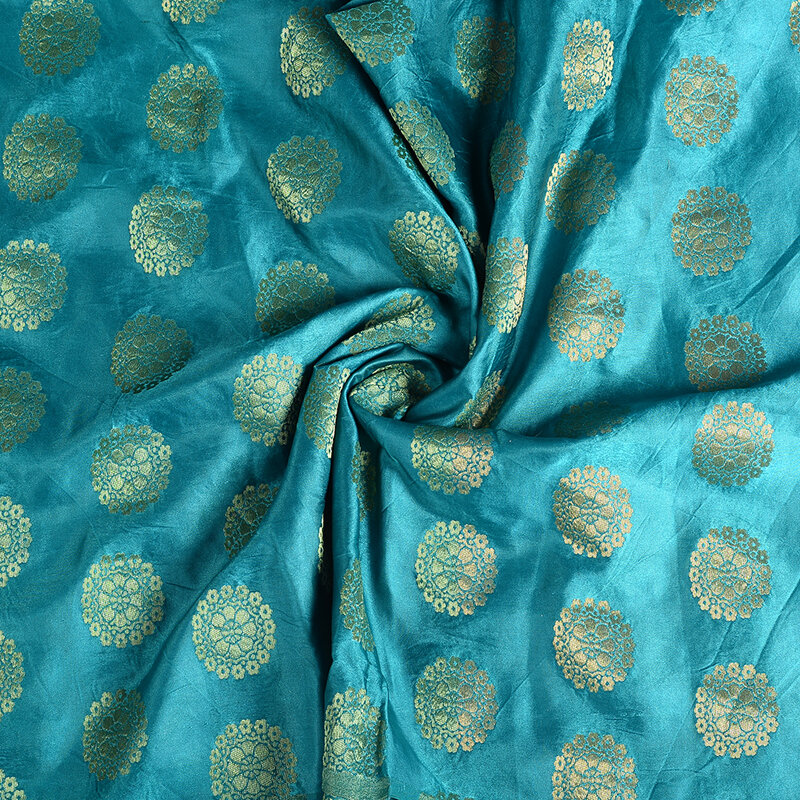Preserving the elegant past for a richer future
As we celebrate National Handloom Day in India (07 Aug), we remember the rich traditional weaves and hand-spun that are part of the Indian heritage. From propagating the cause of the weavers and protecting the Indian Handloom & weaves, we also help the community behind it sustain itself in the times of crisis.
Tourism has its own positive impact on traditional Craftsmanship for its sustainable development. The increasing demand of tourists for traditional crafts can be a motivating force apart from the recognition& appreciation on a larger world platform.
Where do I start from. Every region in India has its own unique history of handmade textile. From the Cashmere Pashmina in Jammu & Kashmir, a timeless luxury that has always been a symbol of sophistication and class, Panchachuli Weaves in Uttarakhand, craft of weaving fabrics from sheep & merino wool, Phulkari meaning “flower work”, the folk embroidery of the Punjab, the Naga shawls of Nagaland which have a close connection to the rituals and beliefs of the people, Eri silk of Assam, also considered a peace silk as the worm is not killed. Muga Silk from Assam, one of the rarest silks in the world. The intricate and elegant art of Chikankari, a very delicate shadow work type of embroidery from Lucknow, Uttar Pradesh. A highly prized textile technique, Jamdani weaving is displayed as the jewel and the master stroke of the Bengali weaver in West Bengal. Chanderi in Madhya Pradesh, fashioned by interlacing silk, and gold zari in the conventional cotton yarn, which results in the formation of the lavish, glistening texture which is lightweight, sheer and glossy. Pochampalli Ikat of Telangana, also called tie and dye weave, the uniqueness of Pochampalli fabric lies in the transfer of design and colouring onto warp, for weaving them deftly together. Mysore Silk from Karnataka, the beautiful shades and traditional motifs of the Kanjivaram Silk from Tamil Nadu and the traditional Kasavu, the cream and gold weaves from Kerala.
A tour of these regions is a must for all art and textile lovers !









